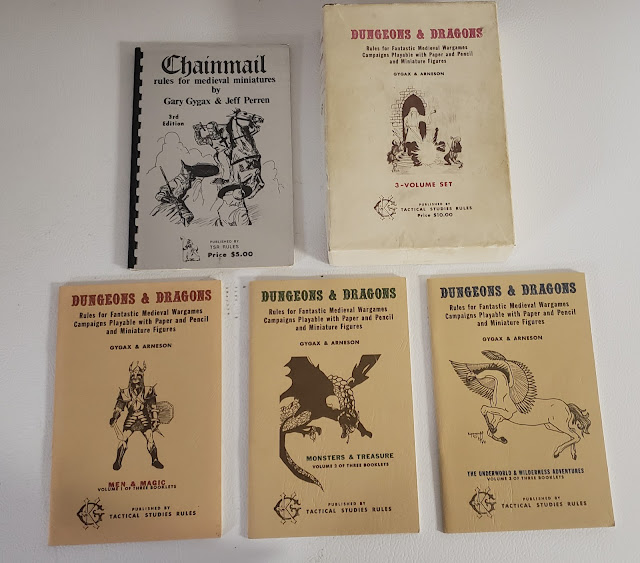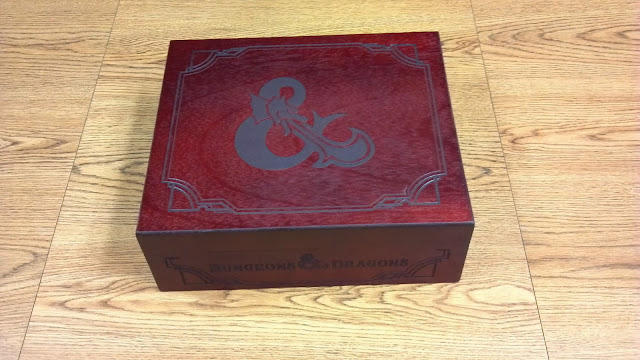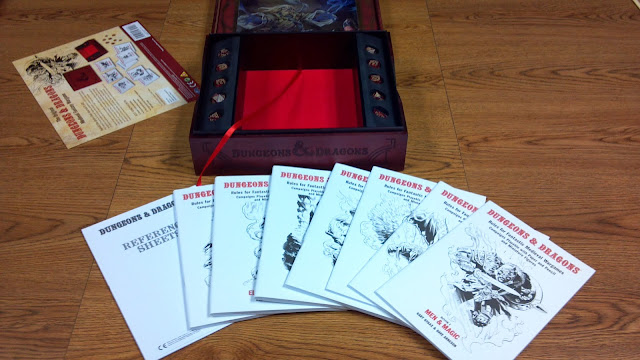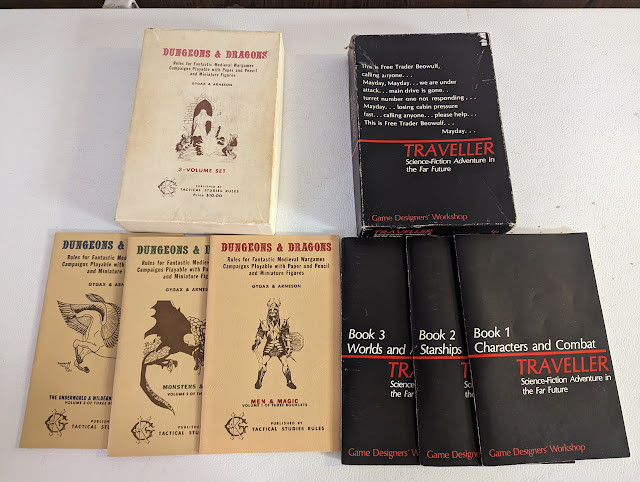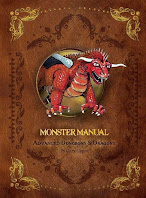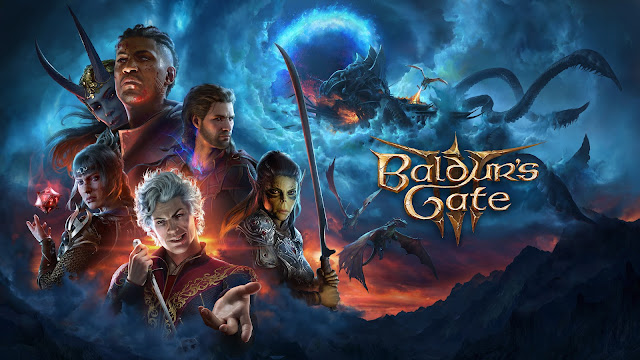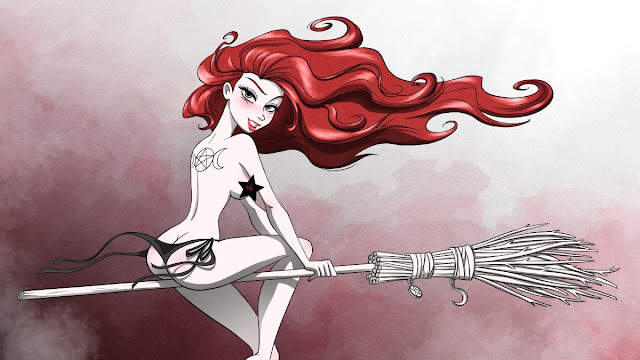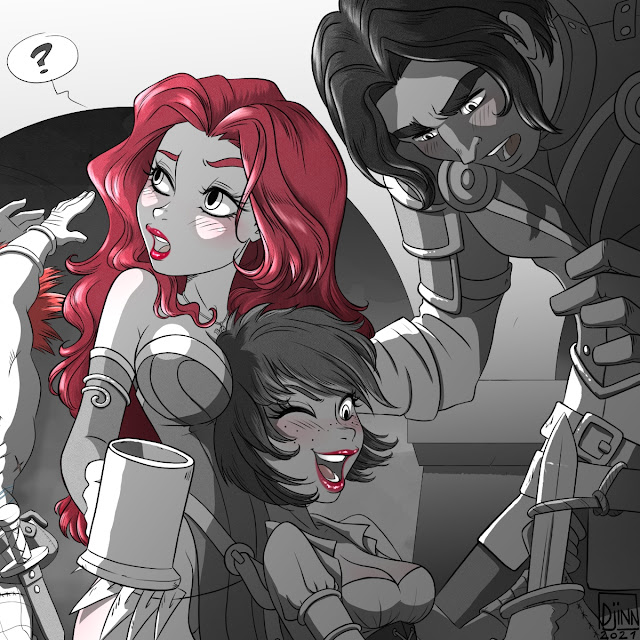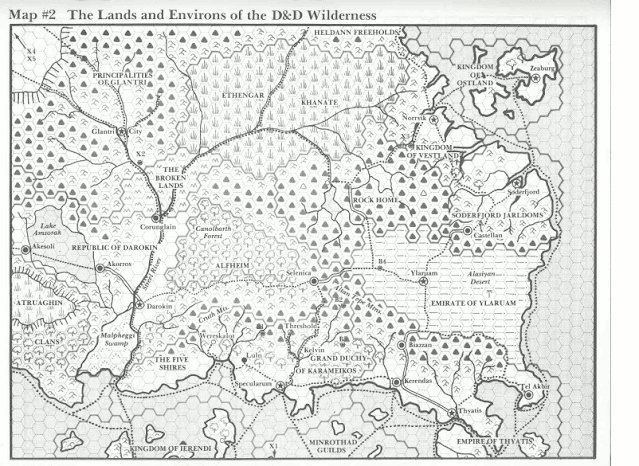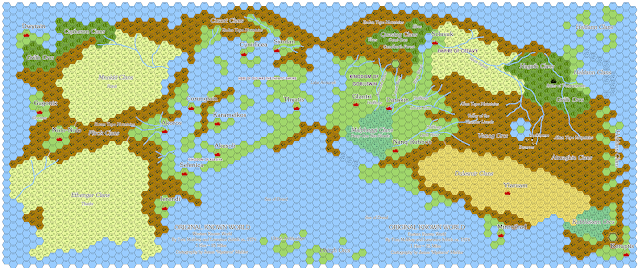I have been talking a lot about D&D history this month, but today I want to shift focus for a moment and talk about D&D's present. Honestly, the best Dungeons & Dragons content is not coming from the current owner and publisher, Wizards of the Coast (Hasbro), but from other companies. One in particular is Larian Studios, and the content is Baldur's Gate 3.

It is not really hyperbole to say that Baldur's Gate 3 is the biggest video game of the last couple of years and might be the best video game I have ever played. Larian is a smaller independent video game company located in Belgium. They have had a great track record of producing engaging, high-quality games for a small studio. Their big claim to fame prior to BG3 was their Divinity series. In their game Divinity: Original Sin 2, you can see the elements that would later be enhanced and perfected in BG3. They are notable for their constant and rapid support, their desire to listen to their fans and give them what they want, and their games do not have microtransactions. These are little features in other games. Want some cool armor? Great, just $0.99 on your credit card. Cool sword? $1.99. For Larian, if you want those things, they are in the game for you to find somewhere.
They are a small independent studio producing games that rival, and in many cases surpass, the ones made by larger and more well funded companies.
Baldur's Gate 3
Larian Studios shocked me with this. Baldur's Gate 1 was released in 1998, and Baldur's Gate 2 was released in 2000, with updates up to 2016. They had been rumors before of a Baldur's Gate 3, but nothing ever came from it.
Then in 2020 Baldur's Gate 3 went into "Open Beta" with little fan fare and almost no mention in the wider Dungeons & Dragons community.
In August 2023 it got its official release on PC and PlayStation with Mac and Xbox versions close behind. To say it blew up is putting it rather mildly.
Right now, the game has an aggregate score of 96/100 from all reviews. I has also won pretty much every Game of the Year award for 2023 there is, including sweeping all five of the industry's top Game of the Year Awards. It even won more BAFTA awards while I was writing this post!
Like all the other Baldur's Gate games, this one takes place in the Forgotten Realms, but 120 or so years after the first two events (and a few months after the published book adventure Descent to Avernus). This corresponds to the published Forgotten Realms game books and novels, which had 100 or so years between the 3rd and 4th editions. This game uses some of the same mechanics and feel of Divinity: Original Sin II, and it is heavily influenced by the Dungeons & Dragons 5th Edition rules. It feels like a 5th Edition game. The classes, spells, magic, and combat are all from the 5th edition rules.
Want to know how D&D plays but don't have people to play with? This is not a bad substitute.
I am currently on my third play-through with an eye toward's completion. I am half way through Act II. In this one I am running as a "companion run" to my 2nd play through. Same basic outline with similar characters, only swapping who is the main character.
My first full play-through was with Larina. This was followed by Sinéad. Now, I am mirroring my Sinéad run with Taryn. They were "NPCs" in each other's run.
 |
| Larina |
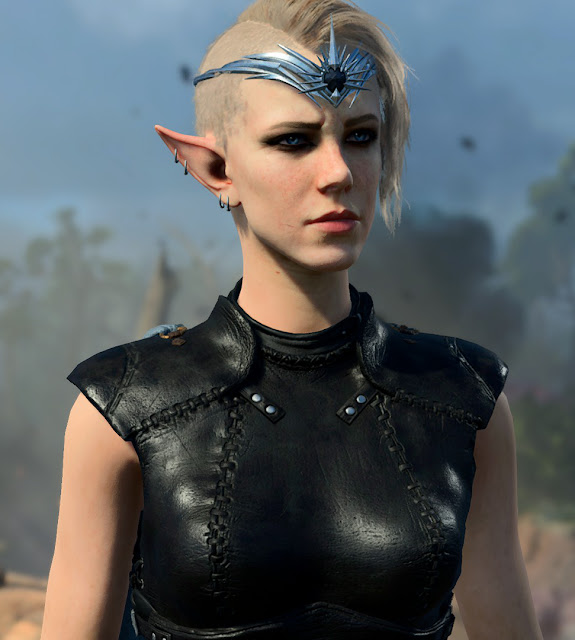 |
| Sinéad |
 |
| Taryn |
I have incomplete runs with Kelek, Skylla, Rayne (Bloodrayne), and, of course, my Paladin Johan.
 |
| Rayne |
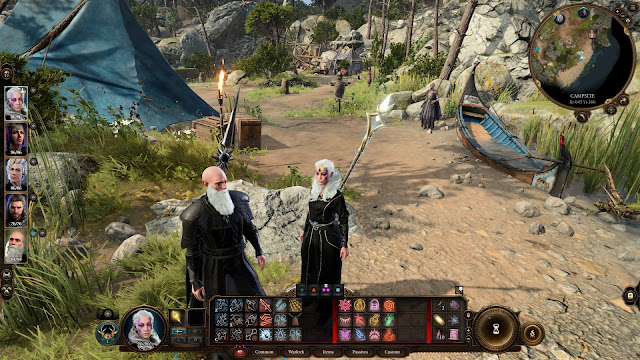 |
| Kelek and Skylla on an "evil run." |
 |
| Johan's run with NPC Larina |
 |
| Johan |
I have been using a combination of hirelings, "Withers" (an in-game guide), and the "Magic Mirror" to turn the various NPCs into previous playable characters. So my Johan run for example has Larina in it, She can't interact like Johan can, but game-play wise she is the same.
Same with my Taryn/Sinéad runs. In my mind they are the same run, just from each character's point of view.
This has also allowed me to try out different "romance" options. Karlach for Johan, Gale for Taryn, Shadowheart for Sinéad, and Shadowheart, Halsin, Wyll, Mizora, Sorn and Nym Orlith, (!) all for Larina. She is a lover. She is also a fighter, but mostly a lover.
Bloodrayne *might* go for Astarion. She is based on the video game character Rayne from Bloodrayne, after all. But I have never had my approval rating high enough with him in any run. My Kelek and Skylla runs are all about violence, not romance. Which come to think of it, might be what I need to do for Astarion.
The game is bloody, violent, very often NC-17 and NSFW, and an absolute ton of fun.
I am just over 350 hours into all my runs and I am STILL finding new material. Both of my kids play it, and they tell me about things they found that I haven't! I even found another hidden door last night in Act II. So yeah, I have in no way exhausted all of this game's options.
This is the most fun I have had with a video game in a very long time.
Sadly Larian will not be doing Baldur's Gate 4 despite their overwhelming success. They have been super gracious about it online, saying they loved doing BG3, but they want to do new things now. Reading between the lines, it was obvious that Hasbro was asking for a LOT more in licensing fees for the Forgotten Realms world, and Larina didn't want to lay people off to pay for it. So, kudos to Larian Studios.
Wizards of the Coast / Hasbro now has full rights again to all these characters. Back when Baldur's Gate 2 came out Wizards published game material to support it. Now? Nothing for Baldur's Gate 3. I hope they do something; otherwise, they are leaving money on the table.
Tomorrow is Sunday, so there will be no A to Z post, but I will continue my Sunday Specials. So tomorrow is Dungeons & Dragons 3rd Edition.

